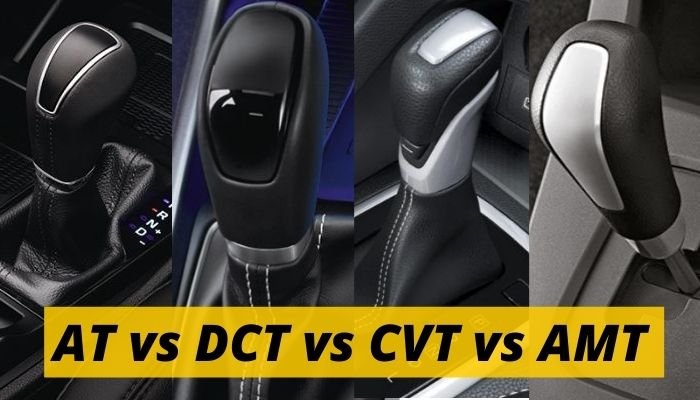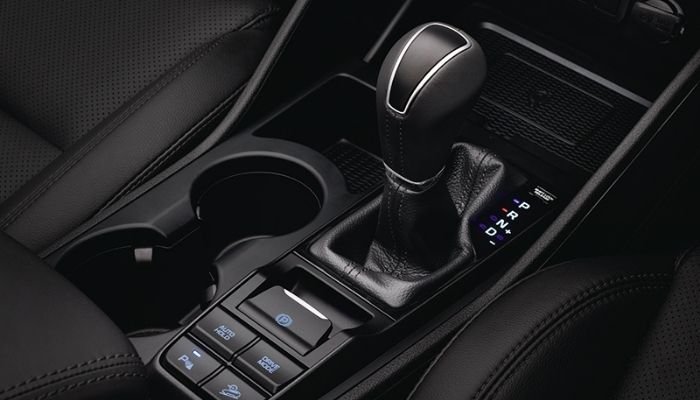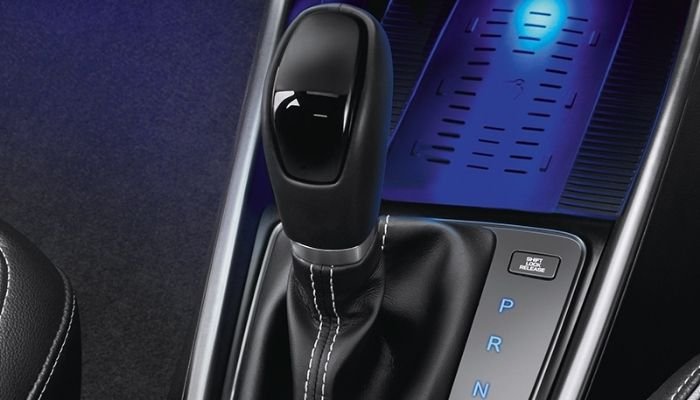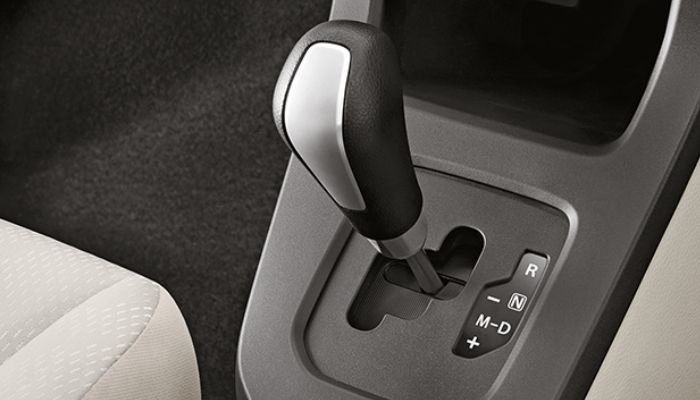Here’s the difference between Automatic Transmission (AT), Dual Clutch Transmission (DCT), Continuously Variable Transmission (CVT) and Automatic Manual Transmission (AMT).

At one point in time, a few years ago, an automatic gearbox in a car was considered to be a luxury, restricted only for bigger and more premium cars in the Indian car market. However, times have changed drastically, and now one can have a car with an automatic gearbox starting from a small city-oriented hatchback, and that too, without a large premium over their manual counterparts.
The Indian car market has evolved much to get all kinds of automatic gearboxes across all segments. Here’s a list of all automatic gearboxes present in the market, and which automatic gearbox you should choose for your driving preference:
Conventional Automatic Transmission (AT)

How it works?
A conventional automatic transmission employs the usage of a hydraulic system and a transmission fluid. The main component of the hydraulic system is the torque converter, which is placed in the middle of the engine and transmission unit. This torque converter comes with a pump and turbine in it, which move in opposite directions due to the flow of transmission fluid within it.
The transmission unit has a single gear set, unlike multiple separate gears in a manual transmission. There is a complex hydraulic system that is responsible for regulating clutches for controlling the gear set, which happens due to the pumping action of transmission fluid by the pump of torque converter. There is a governor which controls the movement of shift valves, which are responsible for supplying the transmission fluid for engaging different gears. The amount of pressure inside the governor is responsible for the movement of shift valves, thus opening and closing of different gear circuits.
Advantages:
- Given it is the oldest technique, it is the most reliable.
- Shifts are seamless and smooth
Disadvantages:
- Quite expensive to run and maintain
- Not as fuel-efficient as other automatic transmissions
ALSO READ: Best Hybrid Cars in India
Dual Clutch Transmission (DCT)

How it works?
Earlier limited to only luxury vehicles and sports cars, the dual-clutch automatic transmissions are now finding the way in a number of mass-market offerings as well, with the latest vehicles from Hyundai, Kia, MG and Volkswagen employing this transmission.
A dual-clutch transmission employs the use of two separate clutches – one for the odd number of gears and the other for the even ones – which are placed in a concentric manner. The gears in this transmission unit are actuated by shift forks, which are powered by engaging and disengaging of pistons. These gears are connected to the output shafts by synchronizers.
There is a range of sensors that determine which gear is supposed to be engaged next. While acceleration, the second gear is selected and is connected to other half of the input shaft at that very moment with a minimal overlap, which is why the gearshifts seem seamless.
Advantages:
- Gearshifts happen in milliseconds, as a result of which the driving experience is very smooth.
- Acceleration figures are quickest in this gearbox
Disadvantages:
- Most expensive to run and maintain.
- Increases the cost of vehicles as a whole.
ALSO READ: Best SUVs under 10 lakh in India
Continuously Variable Transmission (CVT)

How it works?
Of late, the continuously variable transmission has become as popular as the conventional automatic gearbox in mass-market cars, owing to their simple construction and comfort of driving.
Unlike all the other transmission unit, the continuously variable transmission doesn’t get any gear(s). Instead, it employs the use of two separate pulleys of different diameters – one is attached to the engine crankshaft and is named driving pulley, and the other is connected to the differential to turn the wheels and is called a driven pulley.
Both these pulleys are connected by a belt and are made up of two pieces. The closer and farther movement of these pulleys with the throttle action changes their effective diameter, with the action of one affecting the other in order to keep the belt as tight as possible. This leads to a smooth driving experience backed up by infinite gear ratios due to continuous variation of diameters of the pulley.
Advantages:
- Smooth driving experience, particularly at lower speeds
- Exceptional fuel economy, almost similar to that of a manual gearbox
Disadvantages:
- Driving experience lacks thrill and zing at higher speeds, caused by ‘rubber band’ effect of the infinite gear ratios
- Parts are sometimes costly to replace, making them expensive to maintain
ALSO READ: 10 Best Made in India Cars
Automated Manual Transmission (AMT)

How it works?
The overall construction of automated manual transmission is very much similar to that of a manual gearbox. However, instead of a clutch, the process of shifting gears is taken care of by a set of sensors and actuators, which are linked to the ECU of the vehicle. All the gear shift patterns are already programmed by the ECU, depending on the RPM range already set in it. Depending on the throttle action and RPM range of the engine already set, the ECU controls the action of actuators which then work simultaneously to engage the clutch and gearbox.
Advantages:
- Fuel efficiency is the best among all automatic gearboxes
- Cheaper to maintain and buy, command the least premium over the corresponding variant with manual gearbox
Disadvantages:
- Shifting process takes the most time, thus acceleration figures are the least impressive – not as seamless shifts as other automatics.
- Overtaking and climbing inclines need pre-planning due to irregular shifting patterns
Which one should you buy?
- If you are someone who craves for performance, acceleration and quick shifting patterns, look no further than a dual-clutch automatic transmission. The shifting patterns are lightning quick, which helps in enhancing the acceleration figures.
- For a convenient long-distance driving, conventional automatic transmissions (torque converters) make the most sense. The minimal shift shocks and better spread of torque across the rpm range makes overtaking an easy task.
- The continuously variable transmissions are primarily for those who are looking out for a relaxed and smooth driving experience, primarily in the urban traffic environment. This is clearly not a choice for enthusiasts, as the rubber band effect can be irritating at times.
For those who crave for high fuel efficiencies similar to that of manual gearboxes, the automated manual transmission is the one to go for. However, it is the least involving to drive due to very prominent shift shocks, and can be loved just for the convenience of driving a simple automatic.
ALSO READ:
- Top 10 Automobile Youtube Channels in India
- Most Affordable Cars With Paddle Shifters in India
- Top Features You Need to Know About The Upcoming Mahindra XUV 700
- Alloy Wheels vs Steel Wheels
You must be logged in to post a comment Login